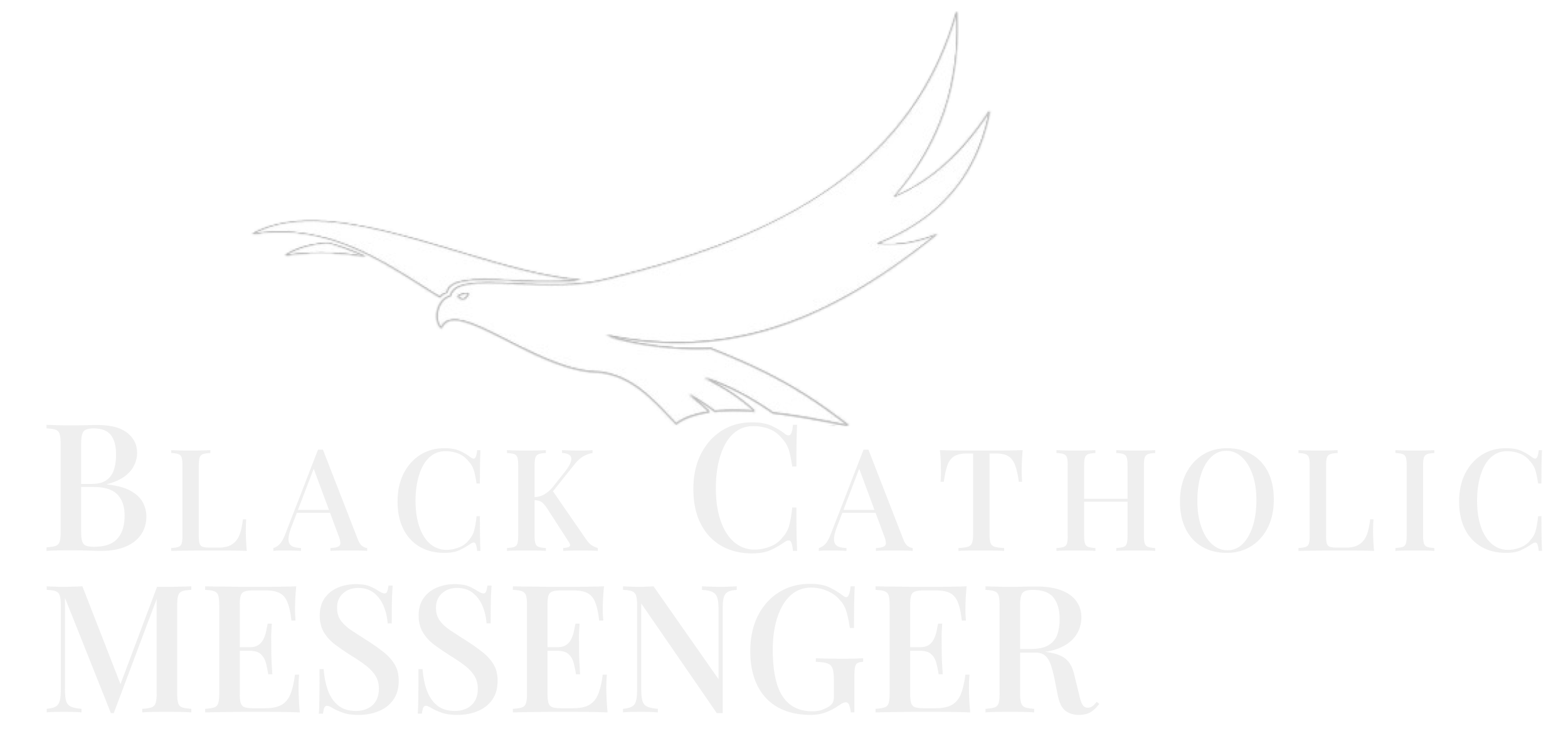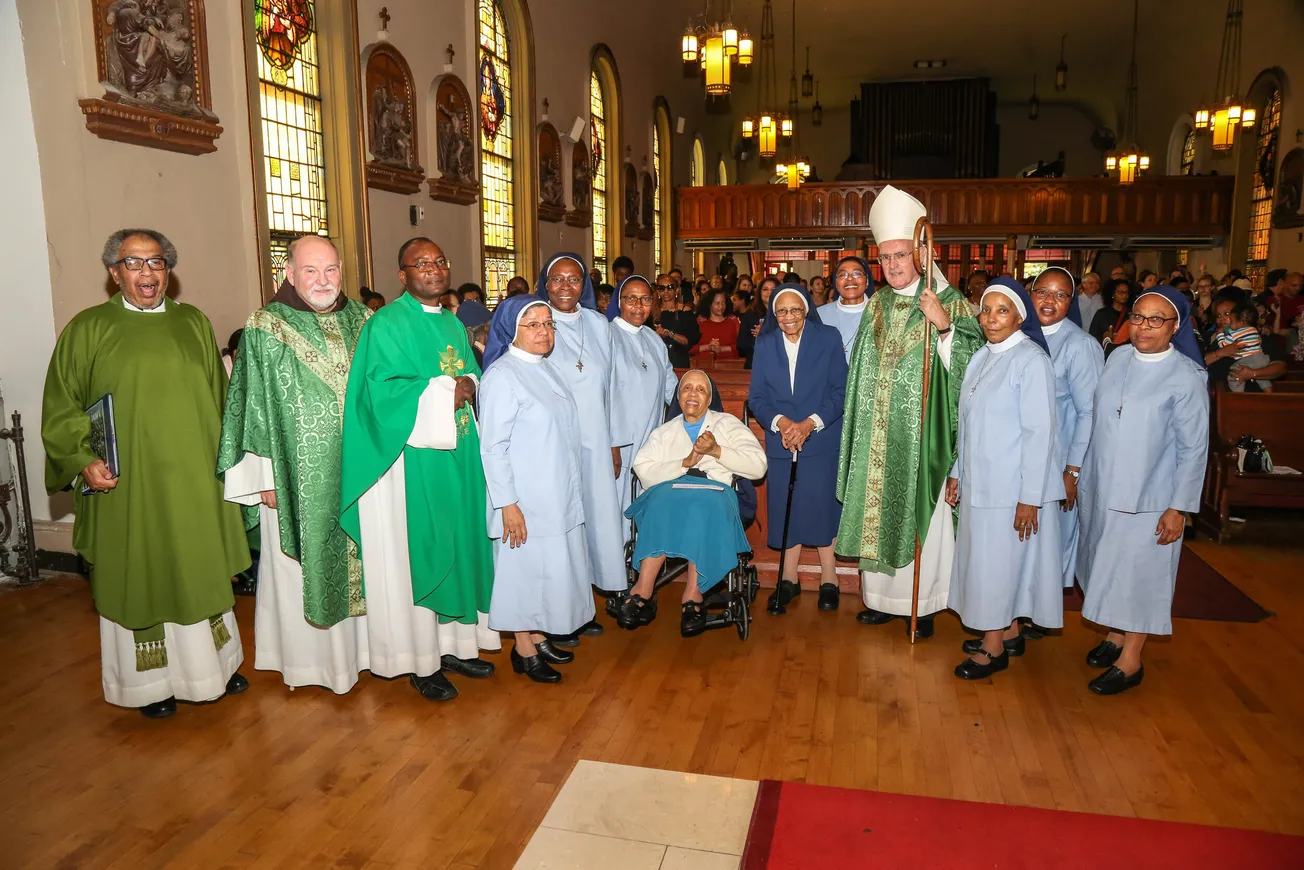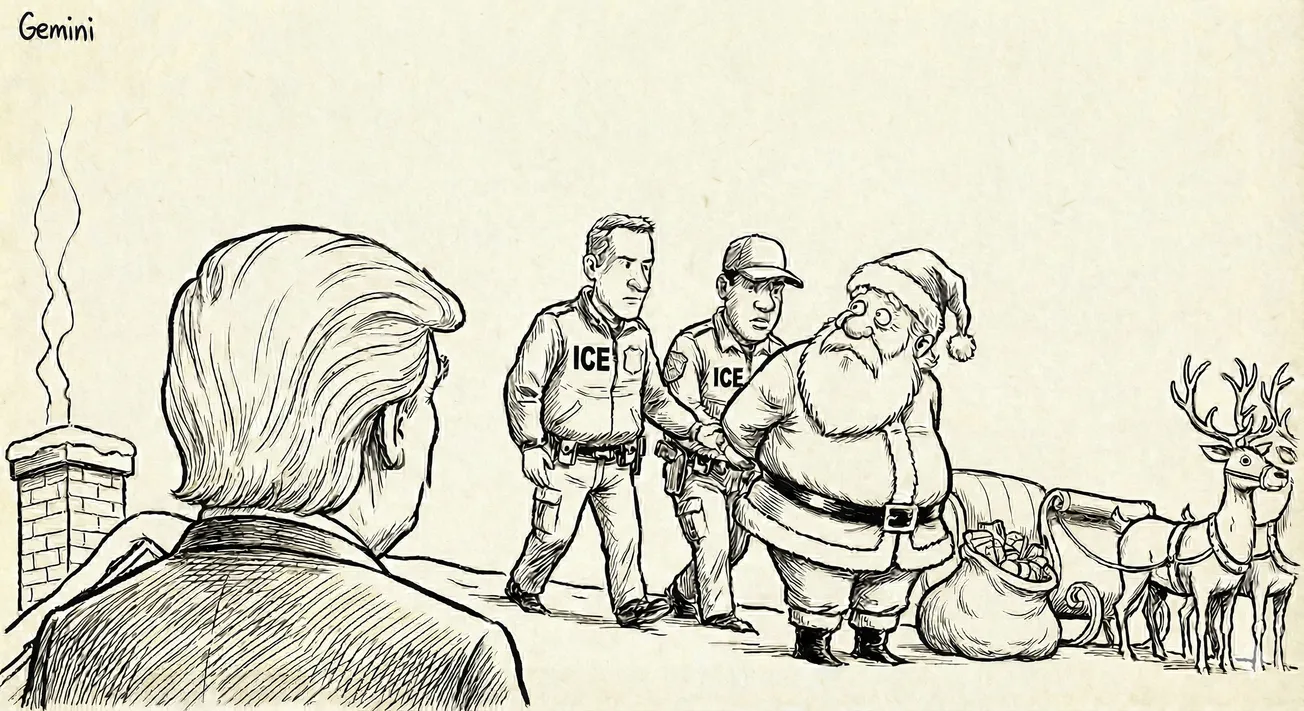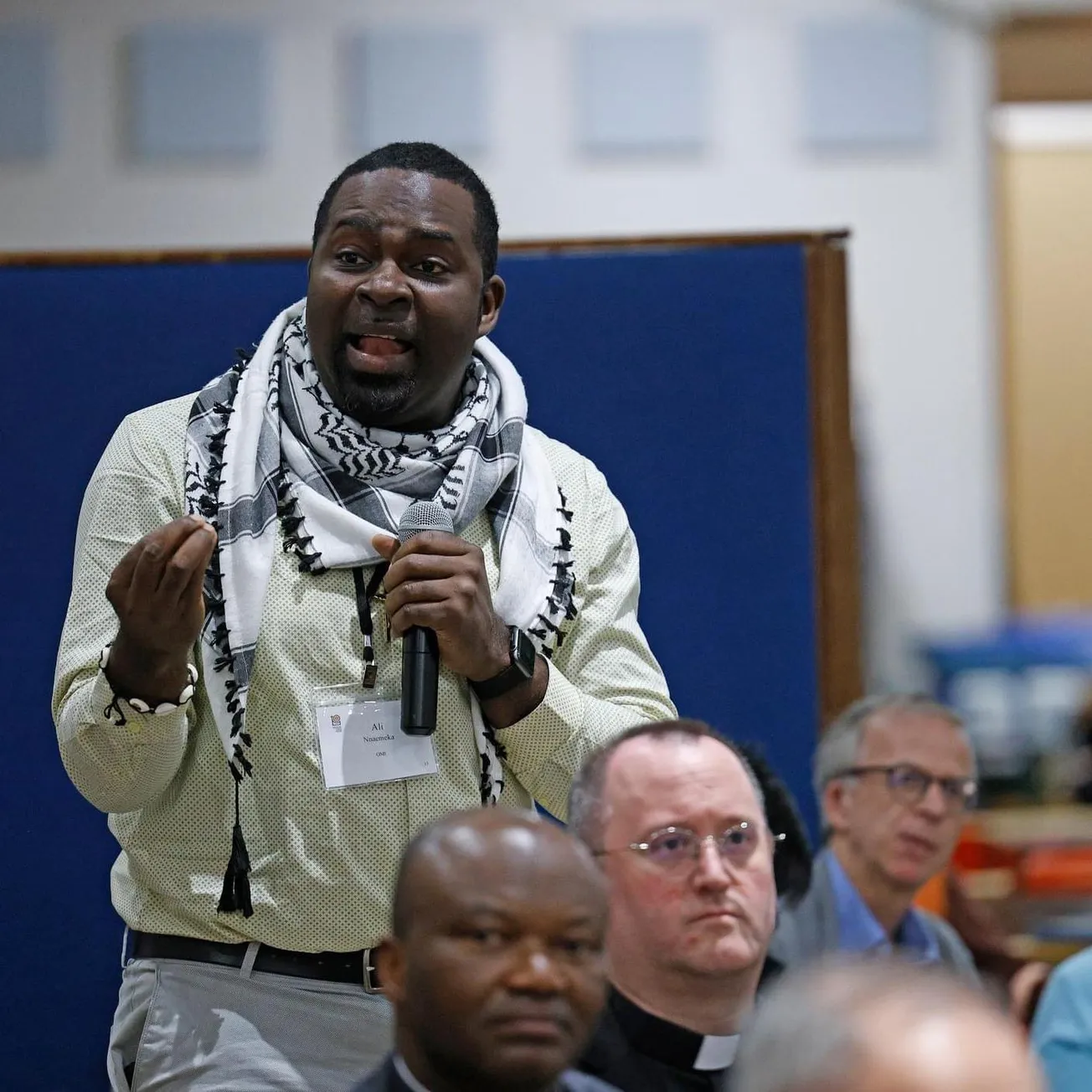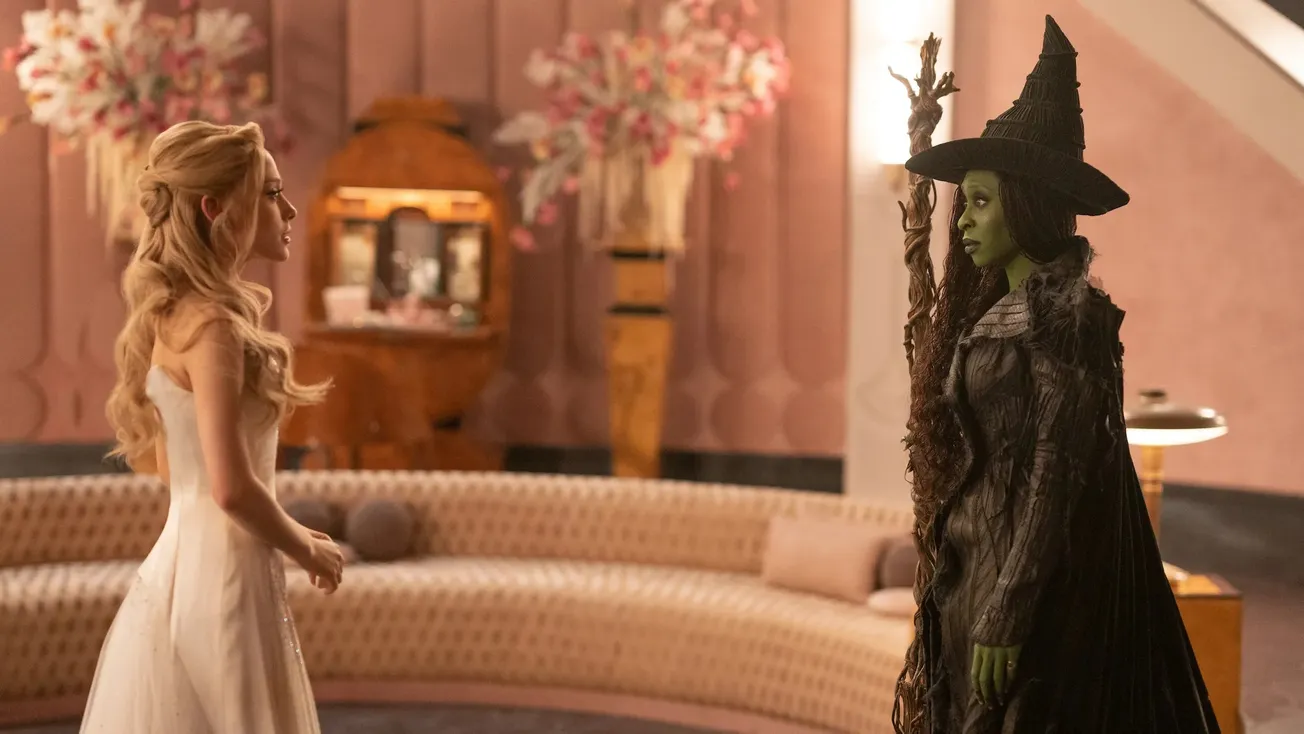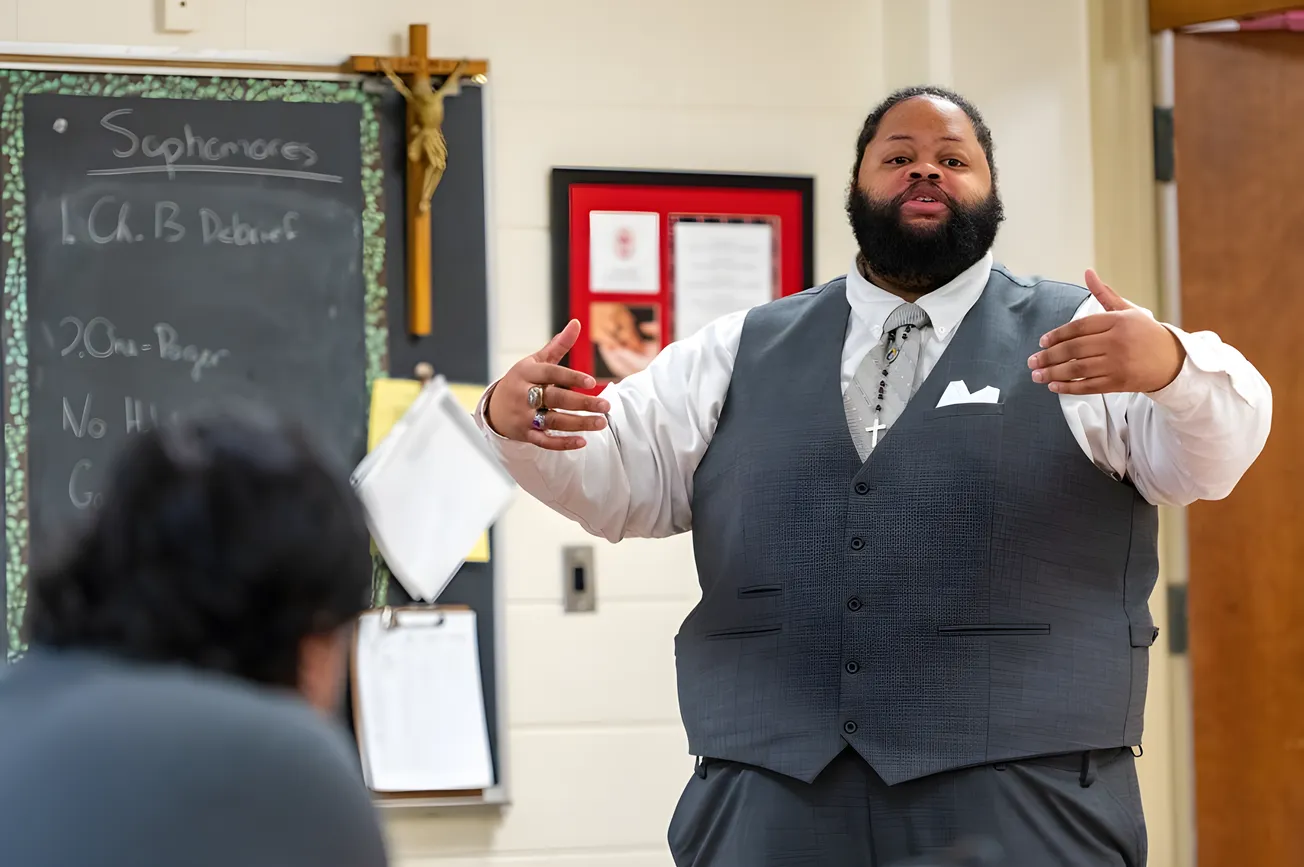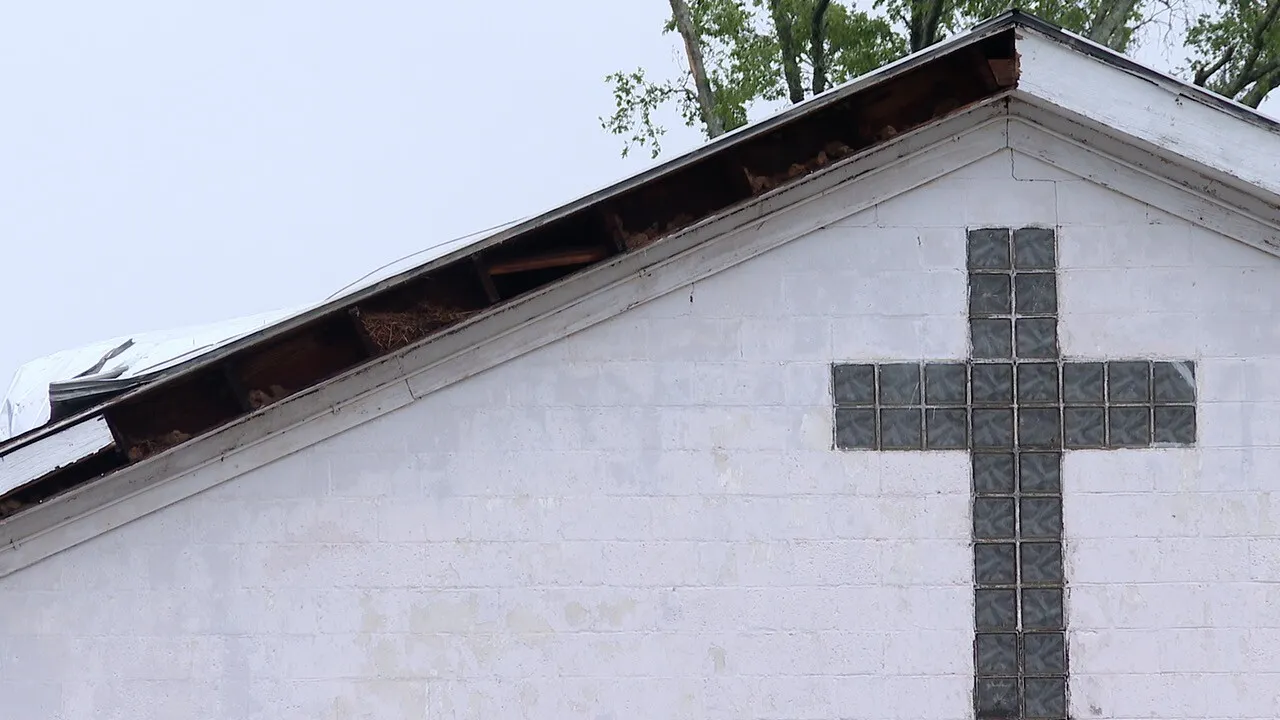I was born and raised for part of my childhood in Harlem. As an adult I have returned to live in Harlem. One thing I love is learning about the various Black Catholic communities there. On a regular Sunday in Catholic Harlem, you can attend Mass in many different languages and even listen to amazing Black Catholic music from around the world.
The African-American Masses, for example, are in English and feature beautiful gospel and jazz music. This is the gospel choir of St. Joseph of the Holy Family Church:
Catholic Harlem is also the home base of amazing Black Catholic musicians like Aaron Diehl, who served as musical director at St Joseph’s and who is now a sought-after jazz artist.
Immigrants and refugees from French-speaking Africa are also present in Harlem, bringing amazing African Catholic music. Afro-Latinos from the Caribbean and other parts of Latin America also celebrate with lively music in Spanish-language Masses in Harlem. In the Spanish Mass at St. Joseph’s, much of the music belongs to genres like merengue, which have African influence from countries like the Dominican Republic.
And we can’t forget the East African Catholic community. Eritreans congregate at Our Lady of Lourdes Church, where they maintain a parish of the Eritrean Catholic Church, one of the 23 Eastern churches in communion with the pope.
They celebrate the Mass in the ancient language of Ge'ez, and their music also brings joy to the soul. They also sing spiritual songs in the Tigrinya language. When I attended, I learned that men and women traditionally sit separately during services. I also learned that during certain parts of the liturgy, particularly before Holy Communion, women in the congregation ululate as an act of praise and joy.
Our Lady of Lourdes is one of my childhood churches. I learned as an adult that this is the church where the legendary Catholic jazz pianist Mary Lou Williams found a spiritual home. She composed some of her most famous spiritual music in the church’s basement.
“Americans don't realize how important jazz is,” she told The New York Post in 1975. “It's healing for the soul. It should be played everywhere—in churches, nightclubs, everywhere. We have to use every place we can.”
Catholic Harlem has also hosted two papal visits. In 1979, Pope John Paul II visited St. Charles Borromeo Church, an important spiritual home for many African-American Catholics. The parish later created the St. John Paul II Apartments for senior citizens and Fr Bryan Massingale, the famed Black ethicist and LGBTQ+ advocate, celebrates Mass there on some Sundays. 10 years ago, Pope Francis visited Our Lady Queen of Angels Catholic School in East Harlem, a diverse Latino and Caribbean district also known as “El Barrio.”
Servant of God Dorothy Day is also honored in Harlem with an apartment complex and early childhood center named in her memory, both of which serve oppressed peoples.
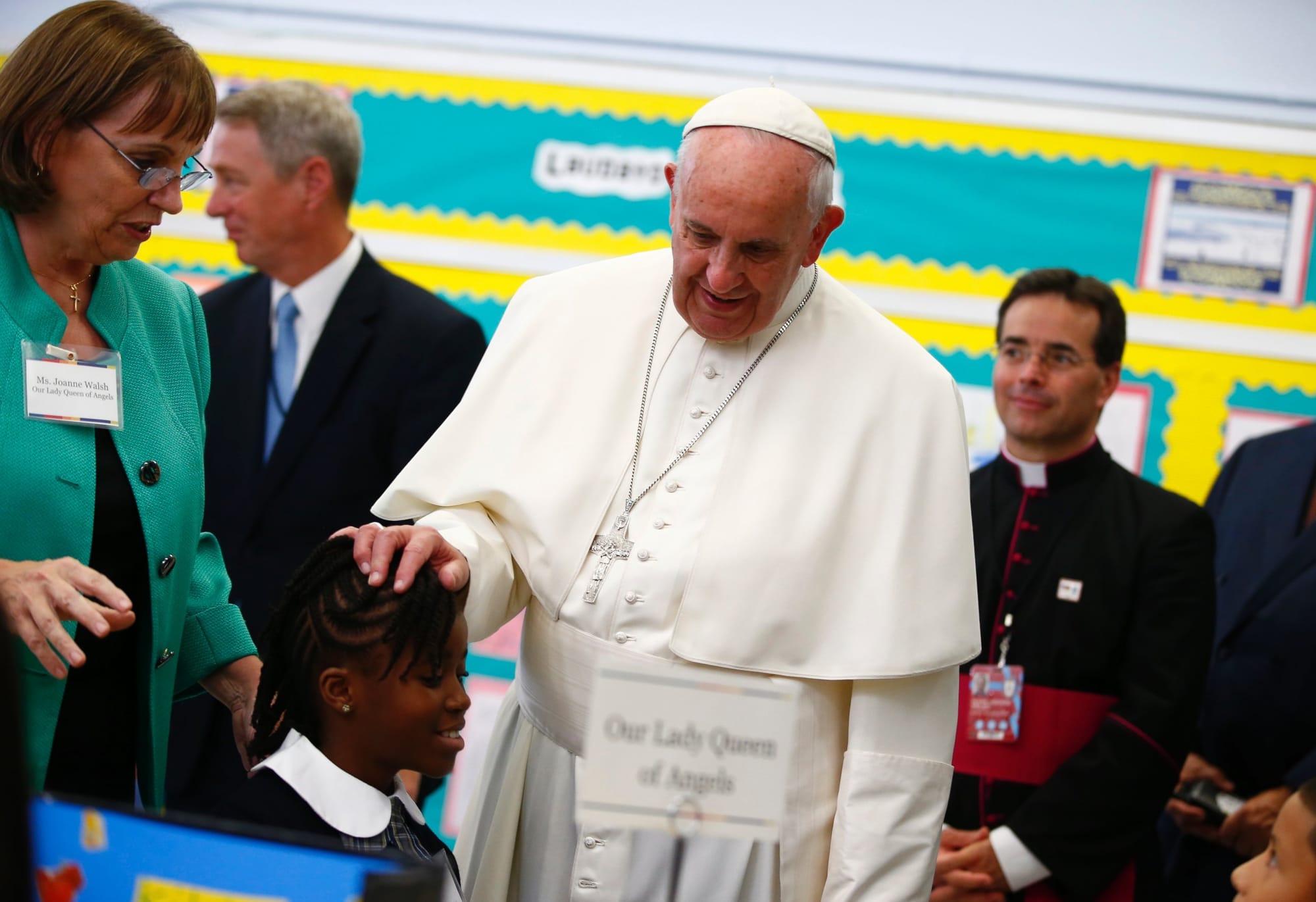
The different Black Catholic communities of Catholic Harlem are divided at times by languages, with several spoken even within the more multicultural parishes. St. Joseph’s sometimes celebrates a trilingual Mass in Spanish, English and French on feast days, the Easter Vigil, and other important parish celebrations.
I don't understand French or Ge'ez, but the music of each of these communities has given me spiritual nourishment over the years. As they say, music is a universal language. We should all attend Mass in a different language sometimes. It might be hard not to understand everything, but it really is worth the experience. As they also say, “the person who sings prays twice.”
Catholic Harlem has a promising future, with many young people involved in the music ministries of the various parishes, both as singers and musicians. Besides the beauty of the different Black Catholic communities, there are also communities rooted in the indigenous communities of Mexico and other countries of Latin America. There is Polish Mass, Latin/Tridentine Mass, and Haitian Creole Mass, too. There is even a yearly festival in Harlem organized by Italian Catholics at the Pontifical Shrine of Our Lady of Mount Carmel.
We have to remember the important role music has played in the fight for social justice. I once read that Dr. Martin Luther King Jr. would often call the gospel singer Mahalia Jackson for comfort and encouragement during difficult times. He would ask her to sing to him over the phone, to lift his spirits when he was feeling down. While so many Catholic churches are closing in New York and around the United States, the Black Catholic treasure in Upper Manhattan should not be allowed to disappear. The music, the faith, and the community support us in our prayer and in our struggle for liberation.
I pray that future generations of Catholics can be sustained by this music, just as I have been. Long live Catholic Harlem.
Félix Cepeda is a former Jesuit brother who served in the Dominican Republic. He is an intersectional, anti-capitalist Catholic activist working in New York City and the Dominican Republic.
